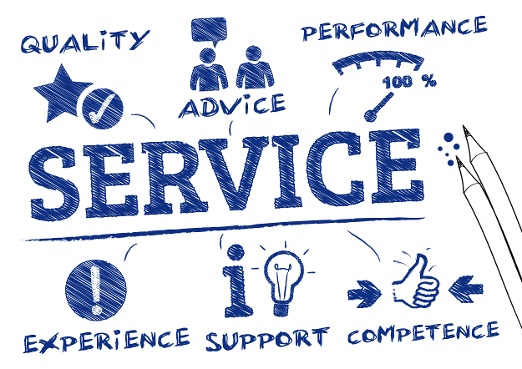No products in the cart.

How to Change MSPs If You’re Not Happy With Your Current Provider
Author: Steffie Bell
Managed Service Providers (MSPs) play a crucial role in supporting businesses by managing their IT infrastructure and providing technology solutions. However, sometimes the relationship between a business and its MSP may not work out as expected or hoped. Whether due to a lack of communication, poor performance, or a mismatch in services, it’s essential to recognize when it’s time to change MSPs.
What are the steps involved in transitioning from one MSP to another, ensuring a smooth and successful transition that meets your business needs?

Let’s dive right into this one.
1. Assess your current MSP’s shortcomings: The first step is to evaluate why you are dissatisfied with your current MSP. Identify the specific areas where they are falling short and the impact it has on your business. Common issues may include inadequate response times, unmet service level agreements (SLAs), insufficient technical expertise, or rising costs. By understanding these shortcomings, you can better articulate your requirements when searching for a new MSP.
2. Define your expectations and requirements: Take the time to clearly define your expectations and requirements from a new MSP. Consider the specific services you need, such as network management, cloud solutions, cybersecurity, or help desk support. Determine the level of expertise, response times, and proactive monitoring you require. A well-defined list of expectations will help you find an MSP that aligns with your business goals and values.
3. Research and shortlist potential MSPs: Start your search for a new MSP by seeking recommendations from industry peers, checking online reviews, or consulting with technology experts. Create a shortlist of potential candidates that meet your criteria and have a track record of providing excellent service. Thoroughly research each MSP’s reputation, certifications, industry experience, and the range of services they offer.
4. Conduct interviews and due diligence: Schedule meetings or phone calls with the MSPs on your shortlist. During these interviews, ask relevant questions to assess their capabilities, responsiveness, and cultural fit. Inquire about their onboarding process, client retention rates, disaster recovery plans, and how they handle security breaches. Additionally, request client references and follow up with them to gather insights about their experience with the MSP.
5. Plan the transition: Once you have selected a new MSP, collaborate with them to plan the transition process. Determine the timeline, milestones, and responsibilities of both parties. Discuss data migration, system integration, and any potential downtime during the transition. It’s crucial to ensure that your new MSP has a comprehensive understanding of your IT infrastructure to facilitate a smooth migration.
6. Prepare your IT environment: Before the transition, ensure that your IT environment is ready for the change. Back up all critical data and applications to prevent loss during the migration. Inform your employees about the upcoming switch and provide them with any necessary training or documentation related to new systems or processes.
7. Execute the transition: Work closely with your new MSP to execute the transition plan. Monitor the process closely and communicate regularly to address any issues or concerns promptly. Collaborate with the new MSP’s team to ensure seamless integration of their services into your existing infrastructure.
8. Evaluate and refine: After the transition is complete, assess the performance of your new MSP against your defined expectations and requirements. Monitor their responsiveness, adherence to SLAs, and overall value delivered to your business. Regularly communicate with your new MSP to provide feedback, address any concerns, and collaborate on continuous improvement.
Changing MSPs may seem like a daunting task, but with careful planning and thorough research, you can find a provider that better aligns with your business needs. By assessing your current MSP’s shortcomings, defining your expectations, and following a structured transition process, you can ensure a successful switch to a new MSP and pave the way for improved IT support, increased efficiency, and enhanced business outcomes. Remember, a strong partnership with an MSP is crucial for your organization’s growth and success.



